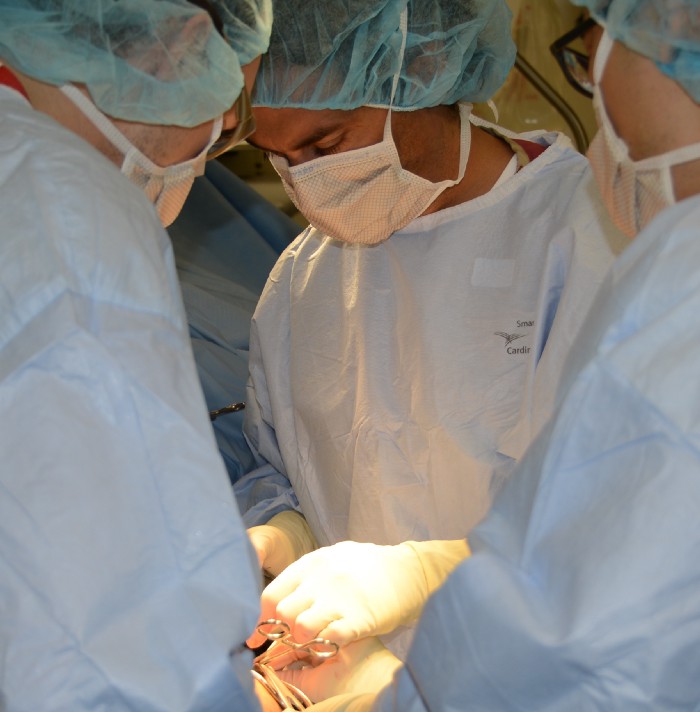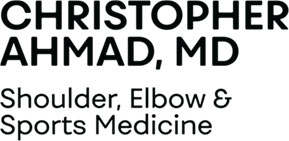Different Presentations of a UCL Injury
Each year I break the news to several hundred athletes of all competitive levels that they have a UCL injury. The reaction by players and their families is remarkably variable. Some athletes receive the news in-stride and say “that’s what I was expecting to hear.” Those who were anticipating the bad injury news were often playing with pain, had researched their symptoms and had mentally prepared themselves for the possibility that their UCL is torn.
We have all witnessed the classic acute experience of Tommy John injury when a professional pitcher grabs his elbow after a pitch. The trainers run out to the mound to assess the pitcher’s elbow while the TV commentators speculate if the TJ injury occurred. In that acute event, the pitcher often explains he felt a pop and/or a sharp sudden pain in their elbow with obvious inability to continue throwing. Tommy John himself back in 1974 said that he felt a “slamming” sensation in his elbow and the “feeling that he had thrown his arm off his body” when he tore his UCL during a game against the Expos.

The prevalence of UCL injury is so common these days that almost every high-level pitcher has contemplated the possibility of needing Tommy John surgery. Sadly, many younger pitchers are contemplating the same. Yesterday my 11-year-old son said to me that one of his teammates may need Tommy John surgery because he was secretly working on his curveball.
On the other hand, some players experience shockingly subtle symptoms. They may have difficulty warming up. The common expression is “ it takes longer to warm up and get loose”. Sometimes they throw full effort but have 4 or 5 MPH down on their velocity or “velo”. Other pitchers feel fine when they throw but then feel elbow stiffness the evening after pitching. Some get injured long tossing or throwing a modest effort bullpen. One recent professional pitcher described to me that he only felt discomfort when throwing a change-up and had no pain with his fastball, slider, or curveball.
So why is the experience of Tommy John Injury so variable?
It is my practice to obtain an MRI scan on patients with even subtle symptoms of UCL injury. I explain the analogy to players and families that if a person says they have chest pain or chest tightness, we get an EKG right away. It may be they have a simple upset stomach or something minor, but the consequence of missing what is referred to as a silent heart attack is too great. I use the same logic with UCL injuries.
Surprisingly, when we get MRI scans on pitchers with subtle symptoms, UCL injury is often identified. Furthermore, the degree of UCL injury on MRI often does not correlate with the patient’s symptoms. Some patients have a complete UCL tear where the ligament looks blown apart (Figure 1, below) and their symptoms are minimal and somehow they are still throwing. Others have significant pain with throwing, unable to play catch beyond 50 feet and their MRI has more mild changes to the UCL.

Why do some athletes experience a silent form of UCL injury?
First, the UCL can sustain repetitive low-level injuries and can undergo a slow deterioration over time. Consider two different cars on the side of the road broken down. One was in a crash, broken glass is all over the ground, airbag deployed, major dents. Call a tow truck. The second car on the side of the road simply started to overheat. The car drove for many miles and then finally the engine stopped and the driver pulled over to the side of the road as the car decelerated on its own. Call a tow truck.
The UCL approaches or even exceeds its threshold strength with high-velocity throwing. The UCL can, therefore, undergo small degrees of injury over time that will heal on its own. For some athletes, this healing and recovery may occur in the absences of any symptoms but the ligament is overall getter weaker over time. The UCL finally fails with minimal force, as if the ligament was overheating with the engine shut down.
For these reasons, we recommend athletes who have symptoms of stiffness or soreness in their elbow be evaluated by a baseball specialist. Subtle symptoms may indicate a weakening of their UCL and if unrecognized could eventually turn into a Tommy John injury and require Tommy John surgery.

Back to the heartbreaking player who is now confronted with mild symptoms and an obvious torn UCL. As players, parents, and sometimes coaches sit in the exam room waiting for me, they are expecting a “tendinitis” diagnosis and treatment with some NSAIDS and some exercises. They are hoping to be shut down for just a few days. When they hear the news that it is a full-blown UCL tear and they will miss the season and a full year, they are completely devastated. For many, a broken UCL is also heartbreaking. This is even more true for players who already missed an entire season due to COVID-19. Unfortunately, this situation happens a few times each week in my office during spring and summer.
With each and every patient to which I have to break the UCL injury news, I become more and more committed to finding improved prevention as well as Tommy John surgery improvements that can accelerate the healing process.


